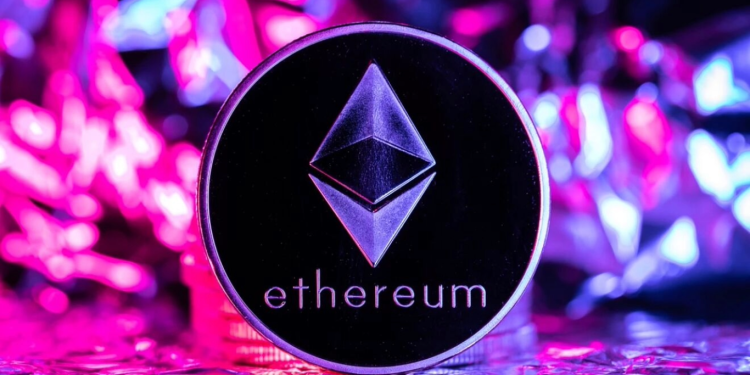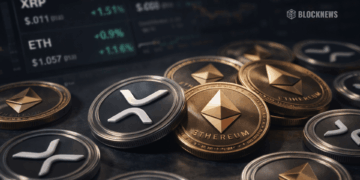- Ethereum’s supply dynamics fluctuate with changing gas prices, currently showing inflationary trends as gas prices drop.
- The decline in gas prices is attributed to Ethereum 2.0 scaling, growth of Layer-2 solutions, and a lack of market narrative.
- Future gas prices and Ethereum’s supply remain uncertain due to factors like the adoption of ERC-4337 and potential network congestion.
The supply dynamics of the native Ether (ETH) token within the Ethereum network have experienced significant fluctuations amid a turbulent year for DeFi, NFT sales, and meme coin trading. Depending on the specific time frame examined, the token’s supply can appear either deflationary or inflationary.
Every week, Ethereum tends to become scarcer, while when looking at a yearly perspective, it issues more tokens than it burns. This is in relation to the factors driving these changes in the token’s supply dynamics, why its transaction fees are decreasing, and what the future holds for the network.
Ethereum’s relationship with gas fees, those transactional charges inherent in its system, has been in the spotlight, especially since the implementation of EIP-1559. This Ethereum Improvement Proposal introduced a mechanism to burn fees, effectively tying the supply of Ethereum directly to gas prices. A surge in these prices means more ETH is burned. But as we’ve seen recently, a decrease in gas prices, influenced by several factors, has turned the table on this dynamic.
The Driving Forces Behind Falling Gas Fees
Chris Martin from Amberdata highlights three primary reasons for the plummeting gas prices. First, the Ethereum 2.0 upgrade, which shifts the network from proof-of-work to proof-of-stake, has both reduced costs and amplified security. The second is the increasing adoption of Layer-2 scaling solutions. By taking a significant amount of transaction volume off the primary chain, these solutions relieve congestion and reduce gas costs. Lastly, Martin pinpoints the broader crypto market’s current lack of a clear narrative. With fewer apparent opportunities compared to the previous year, many are on standby, awaiting the next major trend.
Julio Barragan of Blocknative shares a similar sentiment, seeing the gas fee decrease as a temporary situation. He anticipates that as transaction volumes pick up, so will gas prices. However, he also emphasizes the unpredictability of the Ethereum gas fee landscape, especially with the emerging acceptance of account abstraction (ERC-4337). This change, aiming to make crypto wallets as intuitive as email, might significantly shift user behaviors and, by extension, gas prices.
The Road Ahead for Ethereum
Barragan makes a noteworthy point on the double-edged sword of low gas fees. On one side, reduced costs can attract a higher number of users to the Ethereum network. On the flip side, an influx of users can increase network congestion, potentially driving fees up once more.
The constant interaction between supply dynamics, gas fees, and user behavior highlights Ethereum’s ever-changing nature. Its journey to becoming a scalable and user-friendly network is still a work in progress. As Ethereum continues to evolve, its dynamics will undoubtedly fluctuate, constantly adapting to the ever-changing cryptocurrency landscape.














